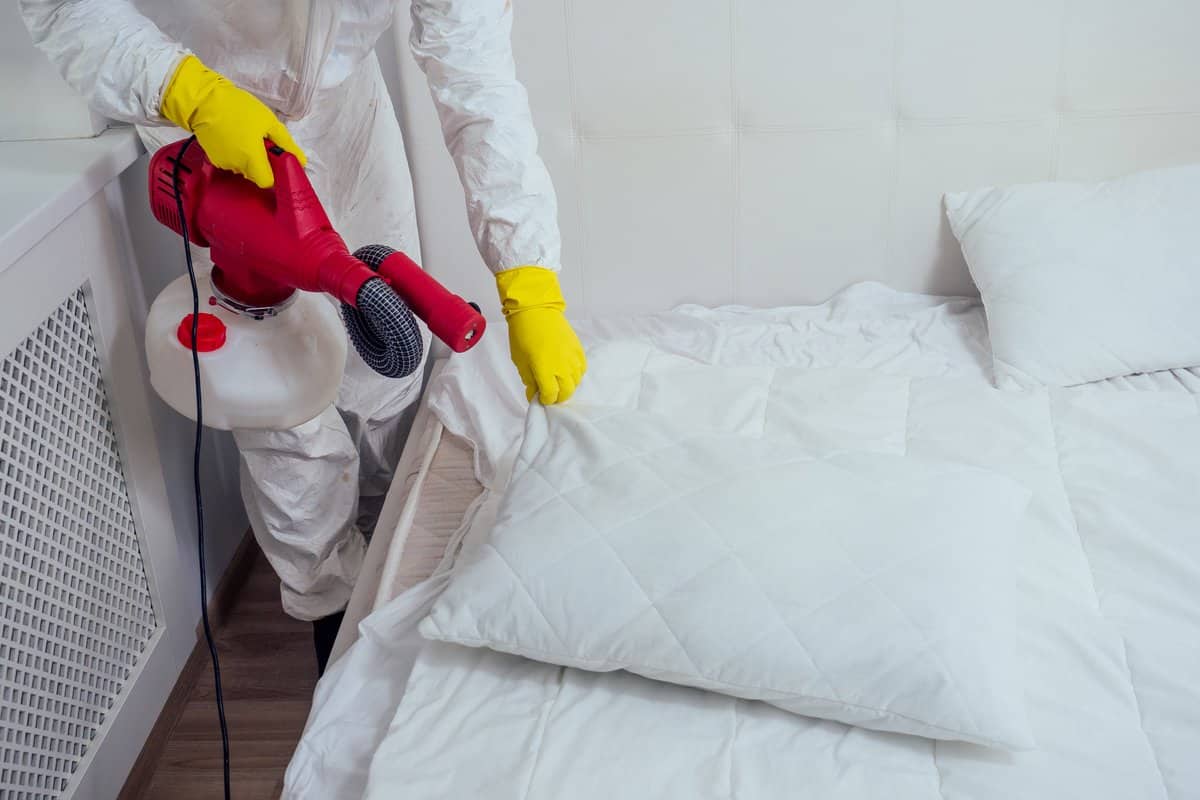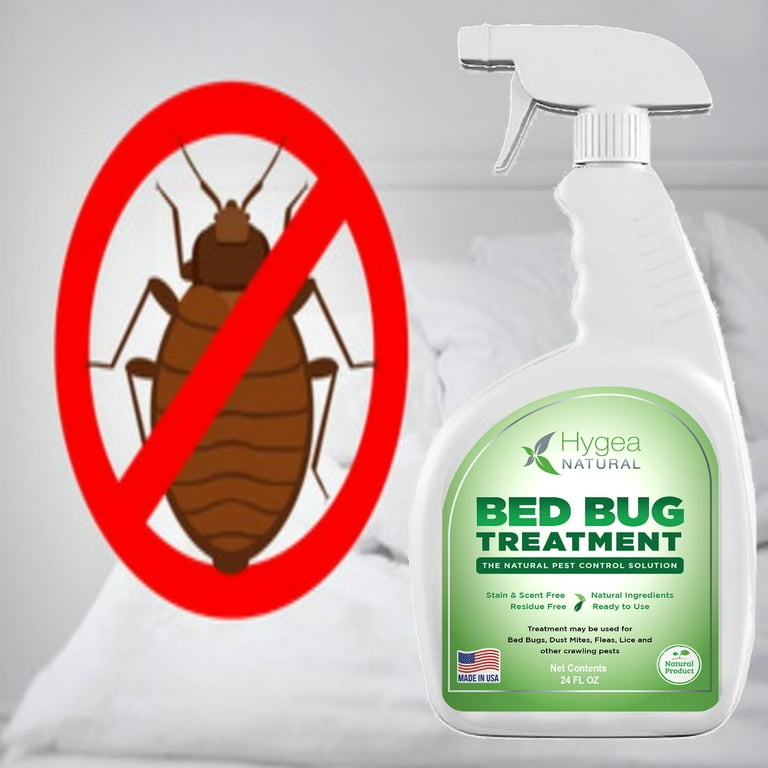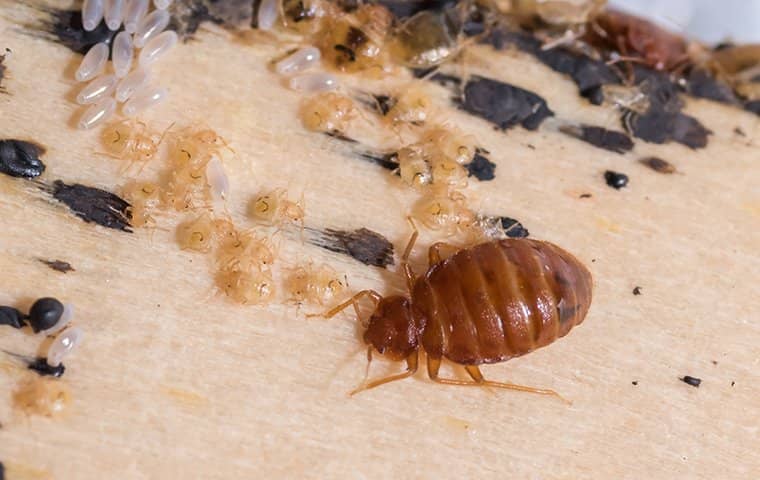Professional Kings Bug Control Services Cincinnati OH
Professional Kings Bug Control Services Cincinnati OH
Blog Article
Kinds of Insect Control: Which Method Is Right for Your Infestation?
When encountered with a bug invasion, the option of a suitable approach for parasite control is crucial in effectively taking care of the situation. By exploring the various kinds of parasite control methods readily available, individuals can make enlightened choices customized to their distinct scenarios, making sure a much more sustainable and reliable end result in insect elimination.
Chemical Parasite Control
Chemical bug control includes using synthetic or naturally obtained chemicals to manage and remove pest populations successfully. This technique is generally made use of in agriculture, forestry, and property setups to battle a variety of insects, including weeds, rodents, and pests. The usage of chemical pesticides can give fast and targeted services to pest problems, making it a popular selection for lots of individuals and companies.
Among the key benefits of chemical bug control is its ability to swiftly remove insects, decreasing the threat of damage to crops, home, and human health and wellness. By utilizing particular chemicals that target certain parasites, this method can efficiently regulate problems while reducing harm to beneficial microorganisms and the setting when applied correctly.
Nonetheless, the use of chemical parasite control likewise increases issues about potential adverse impacts on non-target species, water sources, and human health. It is vital to adhere to safety standards, use chemicals responsibly, and think about alternative parasite control techniques to decrease these risks and ensure lasting insect administration methods.
Biological Pest Control
Organic bug control, likewise referred to as biocontrol, utilizes living organisms to take care of and reduce parasite populations naturally. This approach uses the power of nature to control parasites without the requirement for synthetic chemicals. Biocontrol can involve the introduction of natural opponents of the insect varieties, such as killers, pathogens, or bloodsuckers, to suppress bug populations. By utilizing the insect's all-natural predators or virus, biological bug control provides a ecologically pleasant and sustainable option to pest monitoring.

Mechanical Parasite Control
Using hands-on and physical methods to handle pest populaces, mechanical parasite control uses an alternate method that does not rely on making use of living microorganisms or synthetic chemicals. This method involves making use of barriers, traps, or other tools to physically deter or get rid of insects. By obstructing pest access points or establishing traps to catch them, mechanical pest control can effectively decrease infestations without presenting chemicals right into the environment.
One usual instance of mechanical parasite control is making use of mesh screens on doors and home windows to stop bugs from going into buildings. This basic yet effective technique acts as a physical barrier, maintaining pests out while enabling for appropriate air flow. Additionally, tools like mousetraps, fly swatters, and ultrasonic repellents drop under the mechanical parasite control classification.
While mechanical bug control techniques can be labor-intensive and need normal tracking and maintenance, they provide a ecologically friendly and lasting remedy for handling parasite problems. By integrating different mechanical strategies, residential or commercial property proprietors can develop a thorough parasite control technique that minimizes dependence on chemical pesticides.
Physical Bug Control

Some typical physical insect control approaches include making use of obstacles such as nets or displays to stop parasite entrance, catches to record and get rid of pests, and hand-picking to literally remove insects from plants or frameworks. Additionally, methods like heat treatments can be used to regulate parasites like bed insects by increasing the temperature to levels that are deadly to the bugs.
Physical insect control is especially helpful in incorporated insect administration (IPM) techniques, where several bug control techniques are integrated for effective bug management while reducing the use of chemicals. By utilizing physical bug control strategies, people can effectively address insect invasions with minimal ecological impact.
Integrated Insect Administration
When applying physical pest control methods as part of parasite administration techniques, Integrated Insect Monitoring (IPM) becomes a comprehensive technique that leverages numerous techniques to efficiently manage pest populaces. IPM concentrates on long-term prevention of insects via professional pest control services a mix of biological, social, physical, and chemical tools customized to certain pest problems. By integrating multiple control methods, IPM aims to reduce the dangers linked with bugs while additionally reducing reliance on chemical remedies.
One key aspect of IPM is the emphasis on monitoring and analyzing pest populaces to determine the most proper control approaches. This positive strategy permits early treatment and targeted approaches, resulting in much more reliable parasite monitoring. Additionally, IPM advertises eco pleasant methods by prioritizing non-chemical control methods and only making use of pesticides as a last hope.
Conclusion

By utilizing the pest's natural killers or microorganisms, organic pest control provides a sustainable and environmentally friendly remedy to pest monitoring. - Kings exterminator cincinnati
Making use of physical and hands-on approaches to manage pest populations, mechanical bug control uses an alternate approach learn this here now that does not depend on the use of living microorganisms or synthetic chemicals.A reliable approach to handling insect populations without relying on chemical or organic approaches includes the use of physical pest control methods.When implementing physical pest control techniques as part of insect management strategies, Integrated Bug Management (IPM) emerges as a thorough approach that leverages different methods to effectively control pest populaces. Chemical pest control includes the use of chemicals, biological bug control utilizes all-natural predators, mechanical insect control includes physical obstacles, physical parasite control consists of trapping or getting rid of pests, and incorporated parasite administration integrates several techniques for a holistic method to pest control.
Report this page